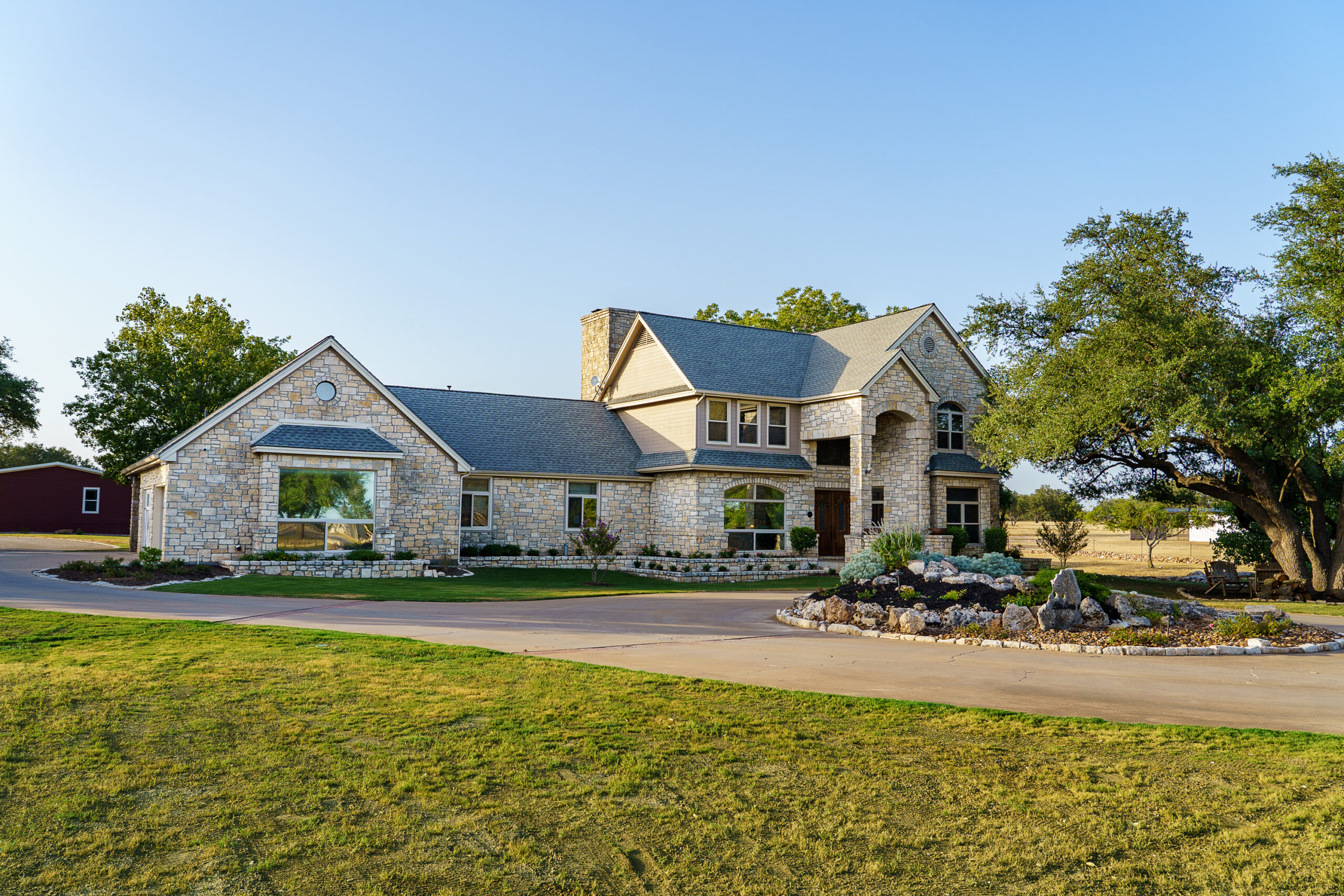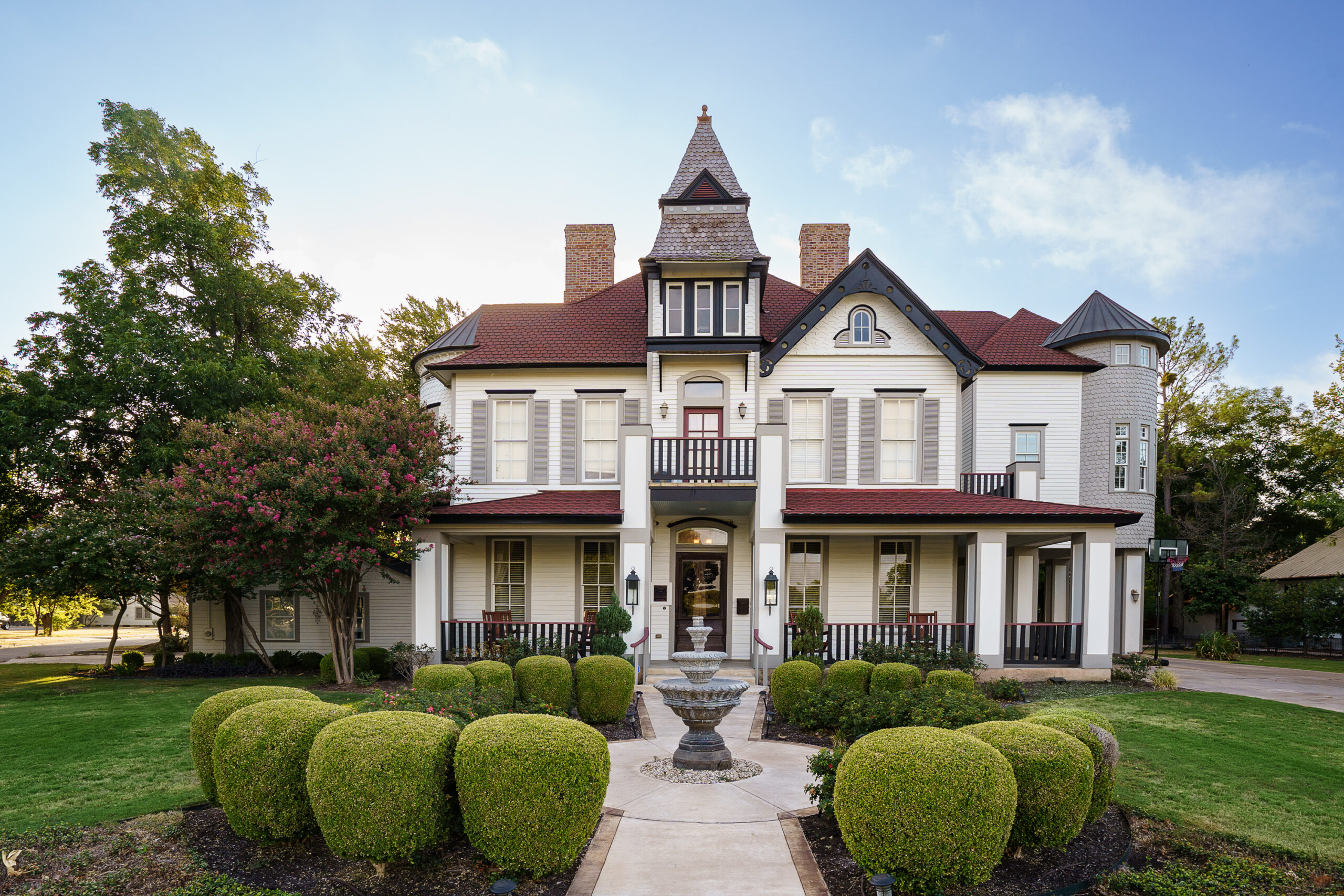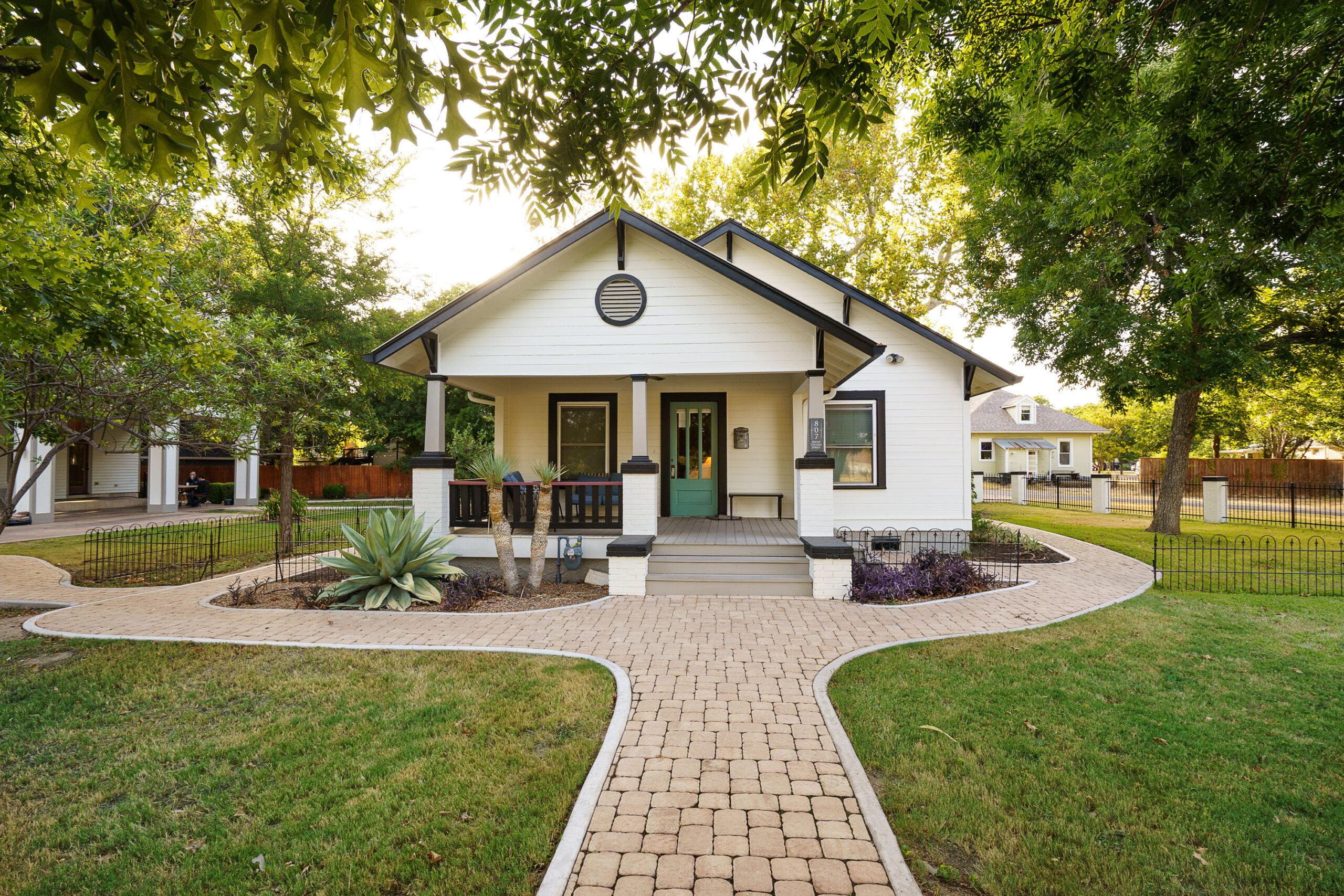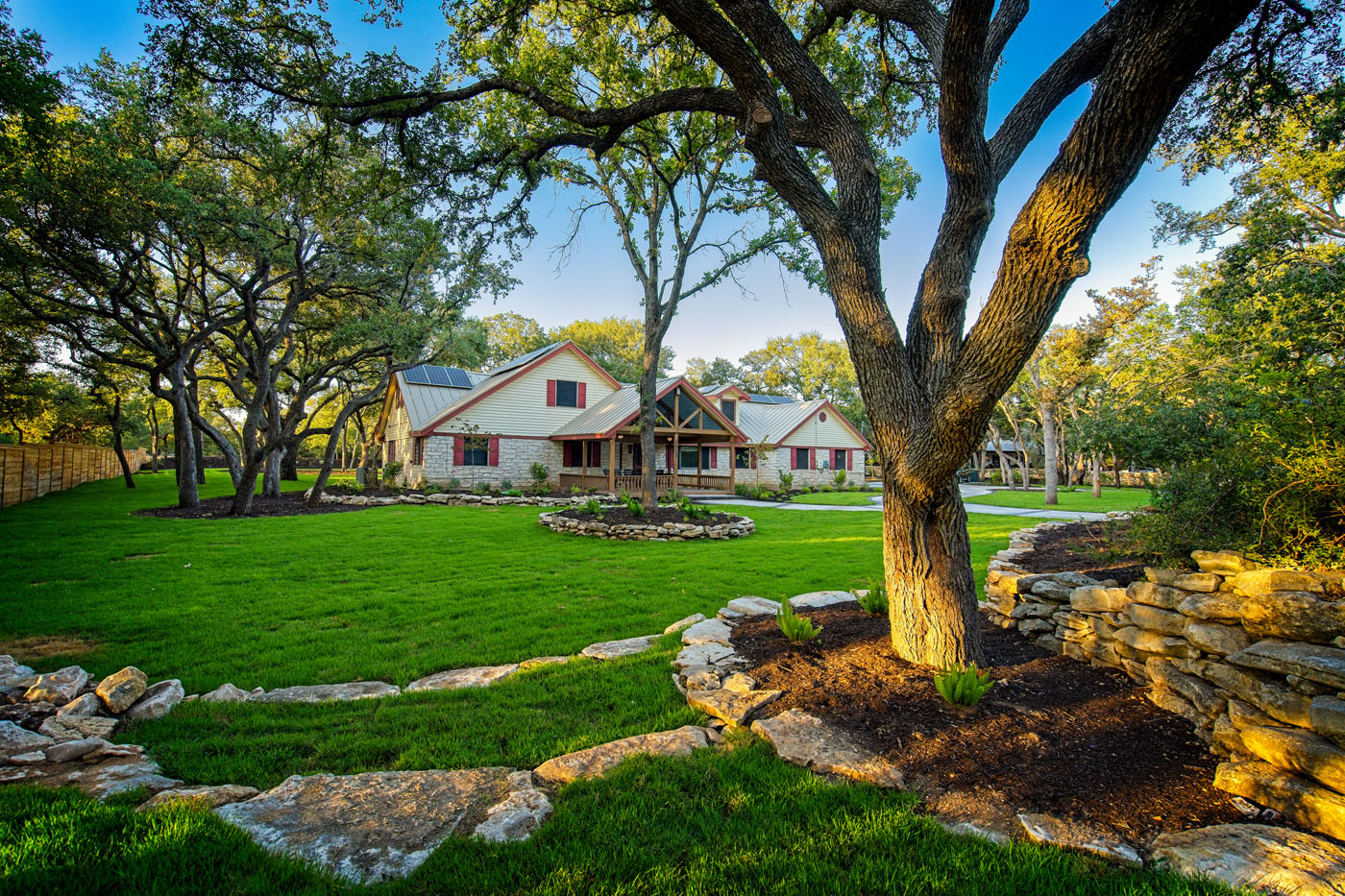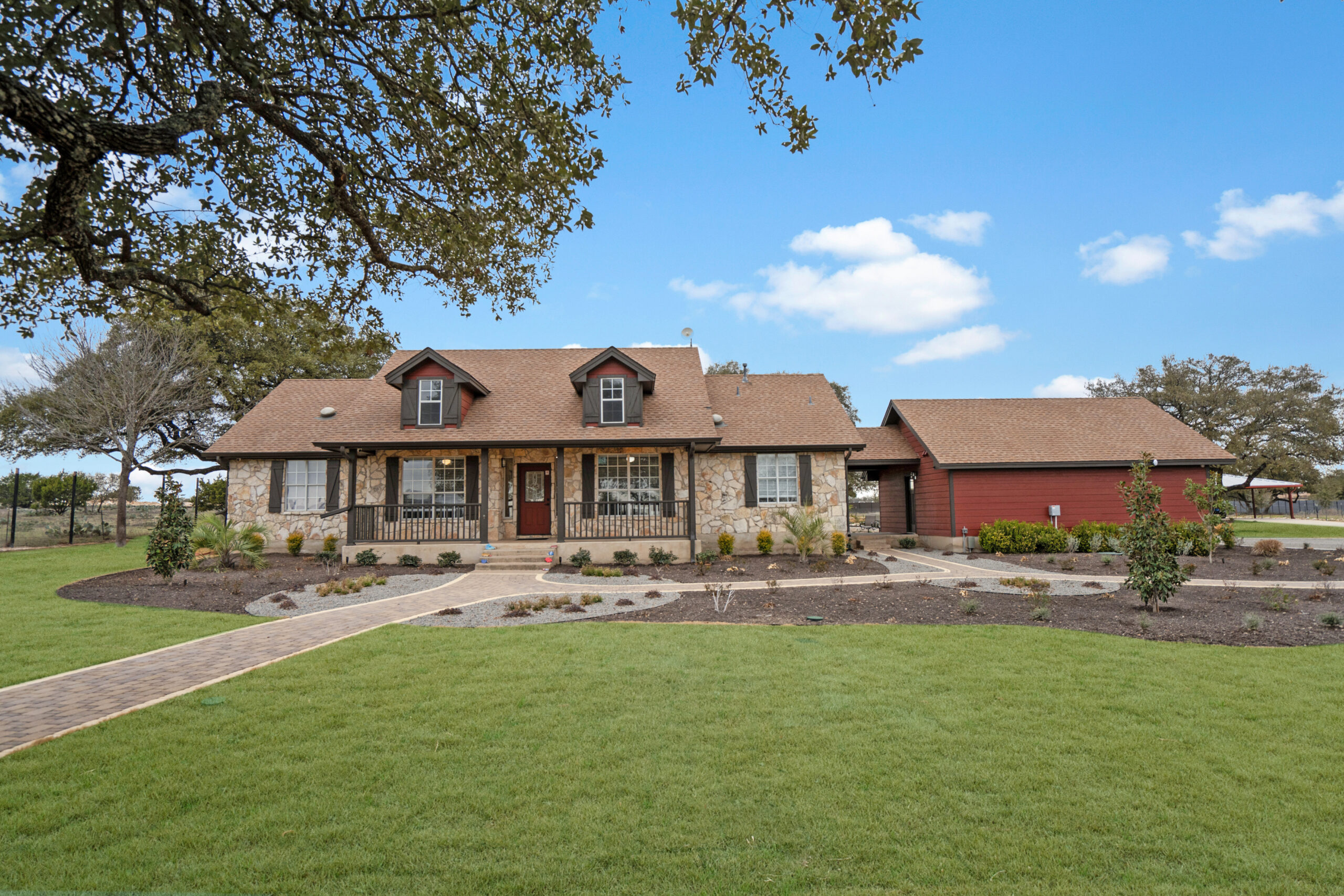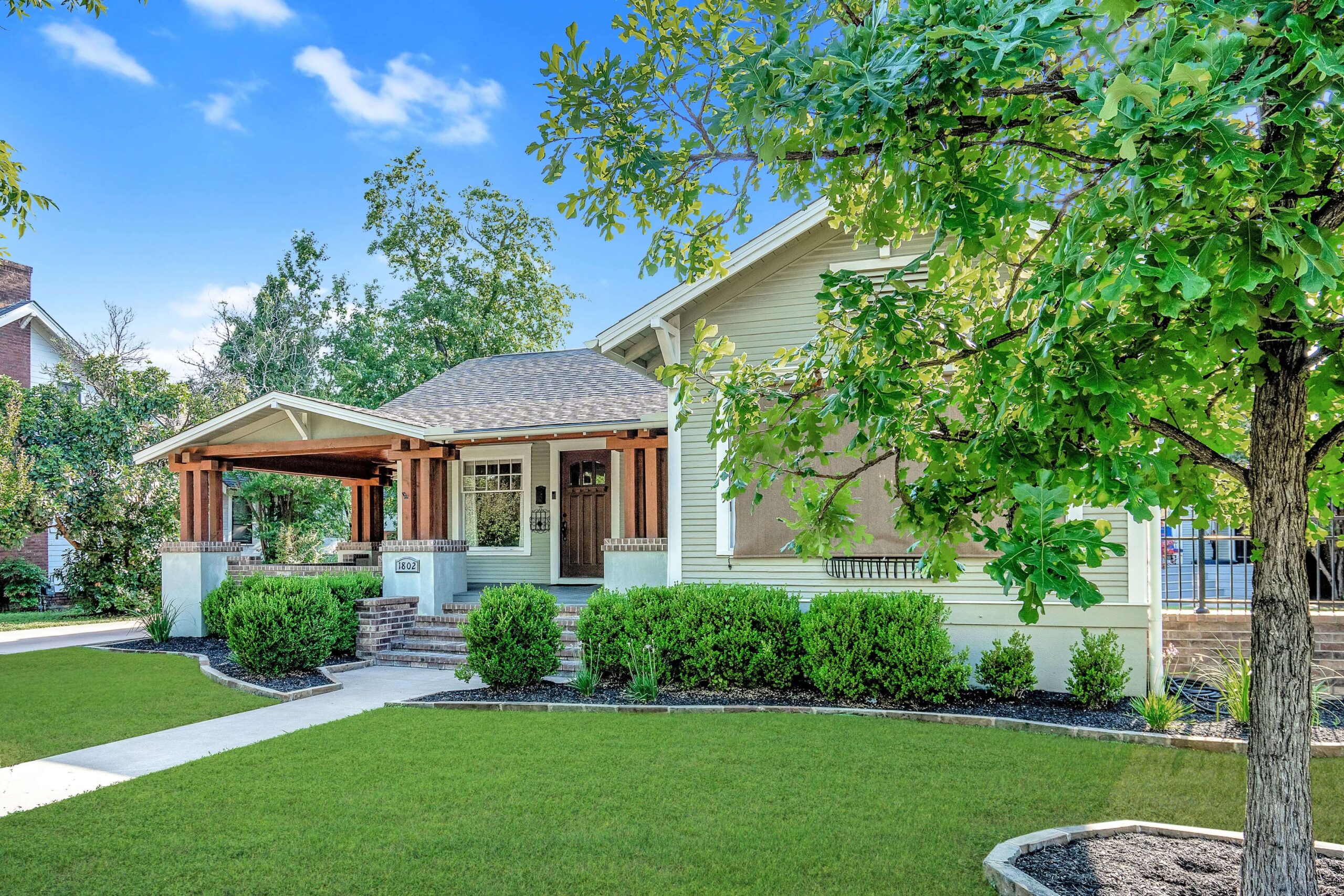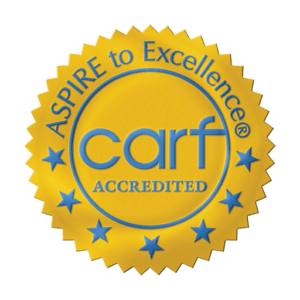The Importance of a Bipolar Disorder Facility
A bipolar disorder facility can be a pivotal point in the journey towards mental health stability. It offers structured environments where individuals can receive specialized support tailored to their unique needs. Facilities like the one at Alta Loma provide patients with the ability to work through symptoms while integrating healthy habits into their everyday lives. A treatment center not only focuses on medication management and therapy but also aids in holistic recovery approaches, transforming lives by addressing the root causes of bipolar disorder.
Such facilities are paramount as they provide a safe haven away from everyday triggers and stressors. Alta Loma exemplifies this by offering a sanctuary that supports emotional and psychological well-being, allowing those with bipolar disorder the opportunity to reset and gain the skills needed for sustainable success. Here, professionals with over two decades of industry experience use advanced treatment strategies to craft personalized care plans.
Challenges in Finding the Right Bipolar Disorder Facility
Selecting an appropriate bipolar disorder facility involves understanding specific criteria that meet individual needs. Not all facilities offer the same level of care, and it’s crucial to assess what aspects of treatment are vital for the individual. Considerations include the type of therapies offered, the expertise of the staff, and the overall treatment philosophy. For example, Alta Loma’s focus on holistic care–integrating therapy, medication management, and lifestyle modification–is a unique selling point.
Cost and insurance coverage are also significant factors. Fortunately, many facilities, including Alta Loma, provide transparent fee structures and insurance compatibility assessments upfront. By evaluating these elements, families can better ensure their loved one receives optimal care in a suitable environment.
Furthermore, understanding how a facility handles dual diagnoses, such as bipolar disorder with substance use, can make a significant difference. Facilities equipped with dual diagnosis programs are often better suited to address the complex challenges faced by individuals with multiple conditions.
How Does a Bipolar Disorder Facility Support Recovery?
A bipolar disorder facility supports recovery through comprehensive and individualized care plans. These plans often incorporate a combination of medication, therapy, and lifestyle modifications tailored to each patient’s specific needs. At Alta Loma, for example, recovery is supported by a team approach, drawing on the expertise of psychiatrists, therapists, and support staff to provide a cohesive treatment experience.
The structure of these facilities allows patients to engage in daily routines that promote mental well-being. A typical day might include therapy sessions, physical activity, and workshops in life skills or creative expression. By creating a predictable yet enriching schedule, facilities help patients regain a sense of normalcy and control over their lives.
Community integration is another key component that supports recovery. Facilities often facilitate group therapy and peer support sessions, essential for building a network of understanding and encouragement among patients. This community aspect helps individuals feel less isolated and more connected to others who share similar experiences.
What Qualifies as a Bipolar Disorder Facility Emergency?
A bipolar disorder facility emergency typically involves situations like severe manic episodes, suicidal thoughts, or psychotic symptoms that require immediate intervention. Facilities are equipped with protocols to handle these emergencies and staff trained to provide rapid responses and stabilization.
In case of an emergency, here are steps you can take:
- Contact the facility immediately to inform them of the situation.
- Follow any guidance they provide about stabilizing the individual until help arrives.
- Ensure that emergency contacts and medical history are readily available for the staff.
- Stay calm and provide reassurance to the individual experiencing the crisis.
Facilities like Alta Loma have dedicated staff available around the clock to manage such emergencies, ensuring patient safety is a top priority at all times.
Personal Insights from Working at a Bipolar Disorder Facility
Over my 20-plus years working at Alta Loma, I have witnessed firsthand the transformative power of a bipolar disorder facility. Each day, the dedication and compassion of the staff remind me of the importance of personalized care and the profound difference we can make in individuals’ lives. The holistic and integrated approach we take not only helps individuals manage their symptoms but also empowers them to reclaim their lives with renewed purpose.
One particularly memorable case involved a young adult who, after several relapses, found stability and hope through our dual diagnosis program. By addressing both his bipolar disorder and substance misuse concurrently, we were able to provide him with the tools needed for sustained recovery. This experience underlines the necessity for specialized care and the impact a well-rounded treatment program can have.
Key Elements of Effective Treatment Programs at Bipolar Disorder Facilities
Effective treatment programs at bipolar disorder facilities share several key elements. Firstly, a strong focus on evidence-based therapies, such as cognitive behavioral therapy (CBT) and dialectical behavior therapy (DBT), which are foundational in managing bipolar symptoms. Facilities like Alta Loma integrate these therapies within their program structures to ensure a robust therapeutic framework.
- Medication Management: Psychiatrists carefully tailor medication plans to each individual’s needs.
- Nutritional Support: A balanced diet is emphasized to complement mental health treatment.
- Life Skills Training: Programs include workshops on stress management and decision-making skills.
- Community Reintegration: Patients are encouraged to engage in social activities and pursue personal goals.
Moreover, an effective treatment program fosters a supportive and nurturing environment that respects each patient’s dignity and individual journey. By combining these elements, facilities can help individuals not only achieve stability but also thrive beyond treatment.
